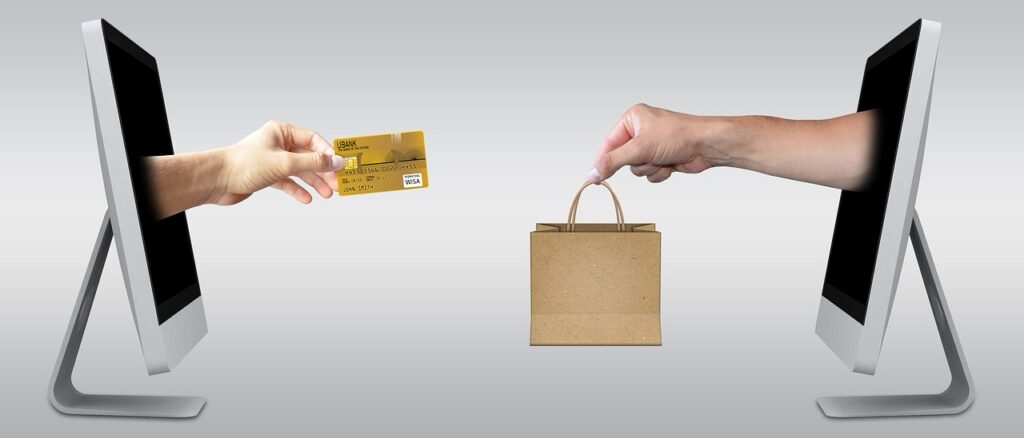In today’s data-driven world, one of the biggest tools companies have for creating personalized customer experiences is customer data. However, using data effectively involves walking a fine line between being personal and being creepy. Just because companies have data on their customers doesn’t mean they have to use it, and some companies go too far in building data-driven experiences. However, two brands in particular are excelling at finding the balance to turn customer data into relevant customer experiences that are leading to big rewards.
In your own life you might know what it means when your best friend or sister starts buying zinc or magnesium—she’s pregnant! Taking a prenatal vitamin is the first thing you do once you’re pregnant. Do you know who else knows that? Target Corporation. In fact, Target can determine which customers are pregnant by looking at their purchases—the store is almost as good at it as a doctor! Target can predict within a two-week window when the customer is due based on the products a woman is buying—it starts with prenatal vitamins and soon grows to include maternity clothes, baby furniture, diapers, and more.
This crystal ball benefited Target; the store has made $1 billion being able to predict pregnancies. But it realized customers would be uncomfortable if Target knew they were pregnant even before they announced it to friends and family so they camouflage the knowledge. Target might hide an ad for a pregnant woman regarding a baby item alongside a lawn mower so the customer don’t suspect the store knows. Being a tasteful conversationalist and not inserting yourself too much and at the wrong time is an important part of marketing.
Companies have to respect customers’ privacy. Today there must be an awareness about a brand’s creepiness factor. The right balance is to be an introverted company that inserts itself but not too much and too often and doesn’t abuse its knowledge about the customer’s life.
Another example of effective customer data usage is multi-billion dollar company Wayfair, which sells an extensive collection of home goods online. The company faces a lot of competition and realized it needed to step up its game and improve customer experience. Wayfair built an app that lets users take photos of furniture and home items they see when they are out and about—at a friend’s house, a hotel, a doctor’s office, or anywhere else. When a person sees a couch or painting they like, they simply take a picture with the app and Wayfair identifies a similar product on its website. The app makes it easy for customers to find what they like, and it provides Wayfair with great insights into a customer’s style and where they find their inspiration. Combining data and photos has been huge for Wayfair and led to a 50% increase in customer retention the year the app came out.
Customer data can be incredibly effective in building customer experience and helping brands stand out from the competition, but it is also a sensitive topic and needs to be approached carefully. Finding a way to leverage data in a tasteful and useful way can lead to big gains for any brand.
Blake Morgan is a customer experience futurist, author of More Is More, and keynote speaker. Sign up for her weekly newsletter here. Go farther and create knock your socks-off customer experiences in your organization by enrolling in her new Customer Experience School.

